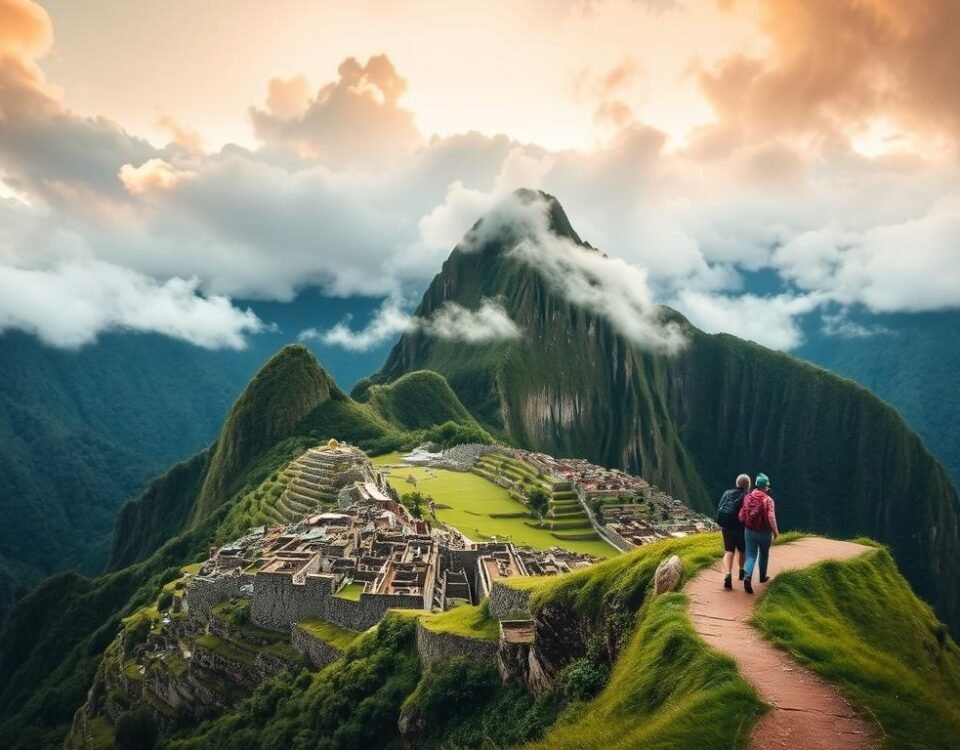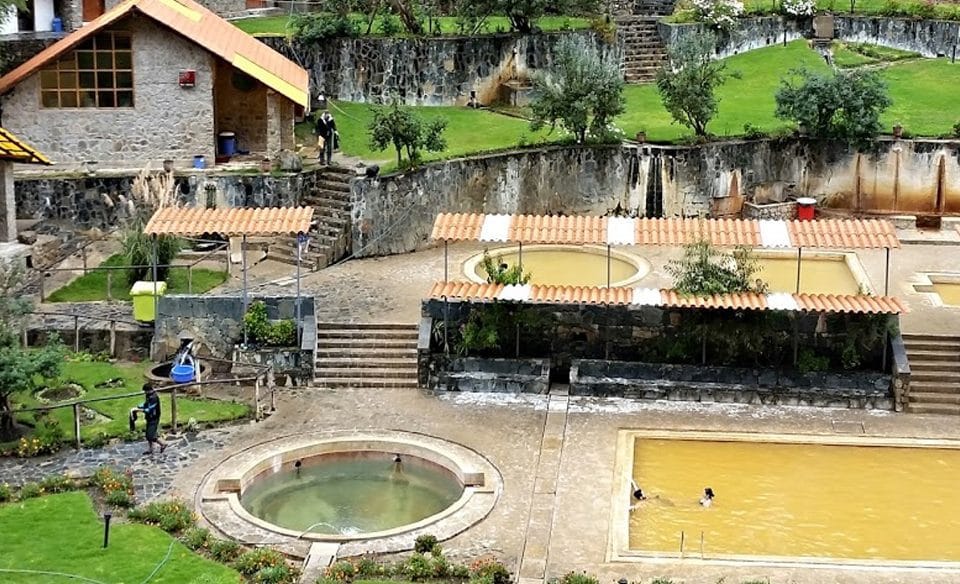Q’eswachaka Bridge

Q'eswachaka Bridge Cusco
Q’eswachaka Bridge: The Last Living Inca Bridge
In a world where modernity advances at a rapid pace, some places refuse to forget their roots, keeping a millenary heritage alive. One of these treasures is the Q’eswachaka Bridge, the last construction of its kind that is still in use. This rope bridge is more than just a structure; it is a symbol of resilience, community, and the deep connection of the Andean people with their past. In this article, we invite you to discover the history, importance, and magic that surround this Peruvian cultural monument.
History and Origin: A Lasting Inca Legacy
The Q’eswachaka Bridge is a fascinating sight. Its name comes from the Quechua words: q’eswa which means “braided” and chaka which means “bridge.” During the peak of the Inca Empire, the Qhapaq Ñan (the vast network of Inca roads) connected the entire territory, and hanging bridges like the Q’eswachaka were vital for crossing rivers and canyons. It is estimated that this specific bridge has been maintained and renewed by the local communities for over 500 years, a tradition that survived the Spanish conquest and the republic.
Unlike modern bridges, the Q’eswachaka Bridge uses no steel or concrete. First, local communities build the bridge entirely with a vegetable fiber called ichu, a type of Andean grass. Then, they pass the construction technique down as ancestral knowledge from generation to generation. In this way, each strand of ichu becomes a thread from the past, connecting present generations with their ancestors. This Inca tradition is one of the few that remains alive and active, turning the Q’eswachaka into an open-air museum of Inca engineering.
Geographic Location: A Secret Corner in the Heart of the Andes
The Q’eswachaka Bridge is located in the district of Quehue, in the province of Canas, in the Cusco region, Peru. This place, far from the hustle and bustle of the city, offers you an authentic and profound experience. The bridge crosses the Apurímac River, one of the most powerful rivers in Peru. The surrounding landscape is breathtaking, with majestic mountains, green valleys, and pure air that fills your lungs.
The journey to the bridge takes you through the most beautiful rural landscapes of the region, allowing you to appreciate the daily life of the Andean communities. The location of the bridge is no coincidence; it is in an area of high historical and cultural importance, close to other less-known but equally valuable tourist attractions, such as the four lagoons of Canas and ancient Inca settlements. Visiting the Q’eswachaka is an opportunity to delve into a more authentic and less-explored Peru.
Cultural Importance: An Annual Ritual that Renews a Legacy
Every year in June, the Q’eswachaka Bridge becomes the epicenter of an ancestral ritual. The four Quechua communities of Huinchiri, Chaupibanda, Ccollana Quehue, and Pelcaro come together for the bridge’s maintenance. This event is not just a task of physical repair but a profound cultural and ritual act. The renewal ritual lasts four days and is one of the most important traditions of the region.
On the first day, the hatun-ruwas (the “great workers”) are in charge of braiding the new ichu ropes. On the second day, the old bridge is dismantled, and the third and fourth days are dedicated to the assembly of the new bridge. The entire process is accompanied by Andean music, traditional dances, and offerings to Pachamama (Mother Earth) to ensure a good outcome. The bridge’s renewal is a symbol of community unity, solidarity, and respect for their ancestors. In 2013, UNESCO recognized this ritual, declaring the Renewal of the Q’eswachaka Bridge as Intangible Cultural Heritage of Humanity.
An Unforgettable Tour with Us: The Best Way to Get There
Traveling to the Q’eswachaka Bridge on your own can be a challenge. Therefore, we recommend you join our travel agency for a safe and enriching experience, since the route is complex and local communities aren’t used to mass tourism.
For this reason, our guided tours to the Q’eswachaka Bridge guarantee a worry-free adventure. First, we’ll depart from Cusco early in the morning in a comfortable and safe vehicle. Then, our expert guides will accompany you at all times, sharing their knowledge about Inca history.
During the tour, you’ll have a sensory experience. In fact, we’ll make stops at strategic points so you can enjoy the beautiful landscape and take unforgettable photos. Upon arrival at the bridge, you’ll have time to cross it (if you dare), admire the ancestral engineering, and feel the adrenaline of being suspended over the Apurímac River. Additionally, our tour includes a visit to the four lagoons of Canas, a group of bodies of water with great natural beauty.
We design our travel packages to offer you a complete and authentic experience. We take care of all the details, from transportation to food, so you can focus only on living the magic of the Q’eswachaka.
More Than a Bridge: A Journey to the Andean Past and Present
Visiting the Q’eswachaka Bridge means much more than seeing a historical structure. You embark on a journey into the heart of Andean culture, you get the chance to connect with ancestral traditions, and you understand the profound respect that local communities have for nature. This experience gives you a life lesson about unity, resilience, and the power of tradition.
This Inca monument reminds us that technology isn’t always the answer and that ancestral knowledge has an incalculable value. It teaches us that community collaboration can achieve feats that transcend the passage of time. When you walk on its ropes, you feel that you’re not just crossing a river, but you’re traveling through time, honoring the Inca builders who left us this wonder.
The Q’eswachaka Bridge is a hidden treasure waiting for you. Come and witness the living history that unites generations in the Peruvian Andes. Contact our travel agency today to book your spot on this unforgettable adventure and become part of the Inca heritage that endures. We are waiting for you!
Contact us anytime for travel tips, personalized itineraries, or cultural insights.






